Royal Babies: 1920-1929
From the Country Life Archive: Frontispieces from 1920-1929 of royal babies.


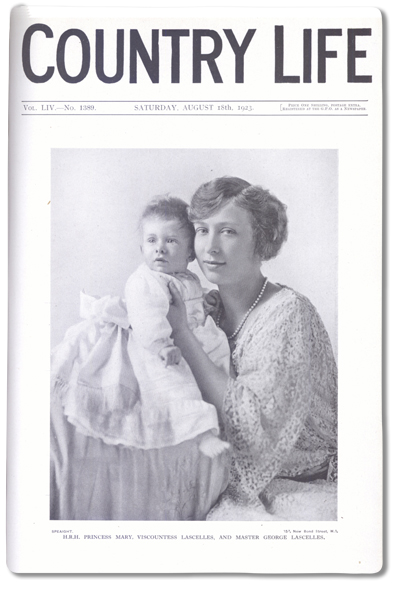
H.R.H. Princess Mary, Viscountess Lascelles, and Master George Lascelles Country Life, August 18, 1923
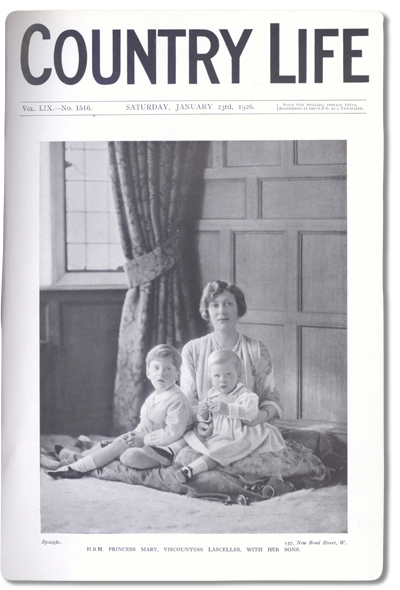
H.R.H. Princess Mary, Viscountess Lascelles, with her sons Country Life, January 23, 1926
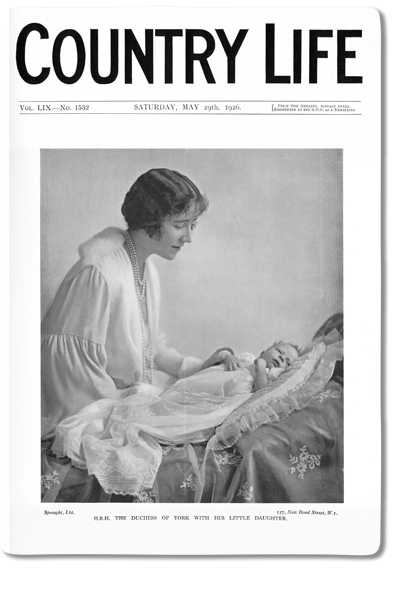
H.R.H. The Duchess of York with her little daughter Country Life, May 29, 1929
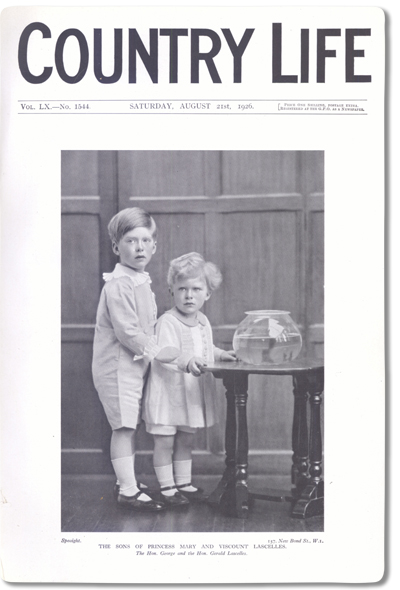
The sons of Princess Mary and Viscount Lascelles: the Hon. George and the Hon. Gerald Lascelles Country Life, August 21, 1926
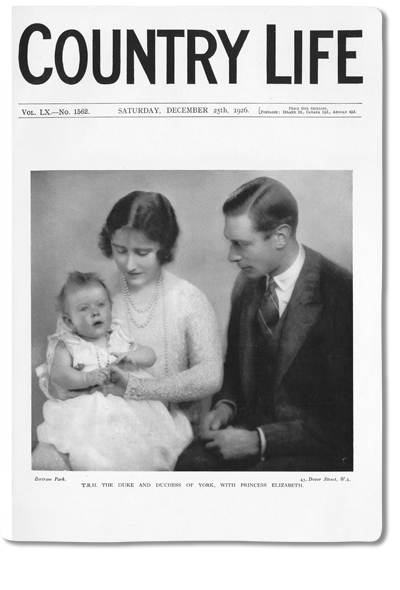
T.R.H. The Duke and Duchess of York, with Princess Elizabeth Country Life, December 25, 1926
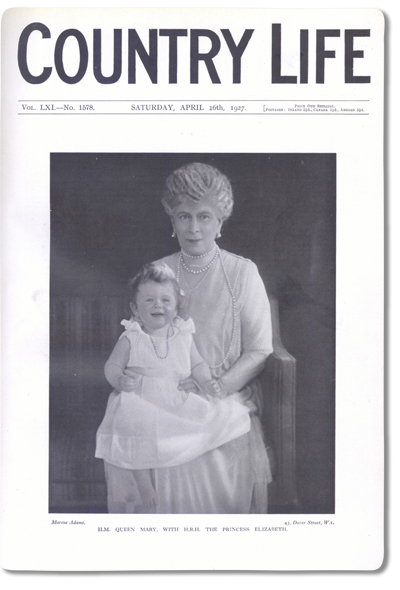
H.M. Queen Mary, with H.R.H. The Princess Elizabeth Country Life, April 16, 1927
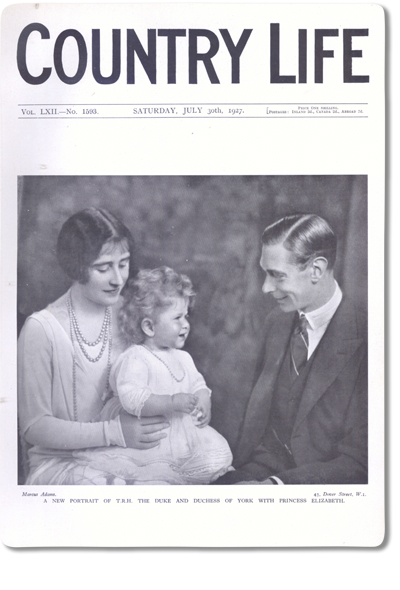
A new portrait of T.R.H. The Duke and Duchess of York with Princess Elizabeth Country Life, July 30, 1927
Exquisite houses, the beauty of Nature, and how to get the most from your life, straight to your inbox.
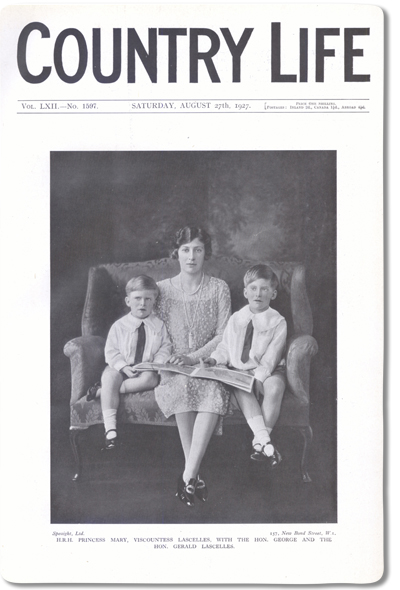
H.R.H. Princess Mary, Viscountess Lascelles, with the Hon. George and the Hon. Gerald Lascelles Country Life, August 27, 1927
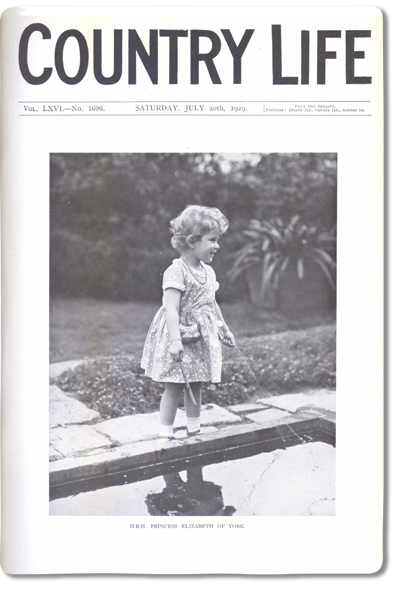
H.R.H. Princess Elizabeth of York Country Life, July 20, 1929
RETURN TO THE ROYAL BABIES HOMEPAGE
All frontispieces are available for purchase from the Country Life Picture Library
Agnes has worked for Country Life in various guises — across print, digital and specialist editorial projects — before finally finding her spiritual home on the Features Desk. A graduate of Central St. Martins College of Art & Design she has worked on luxury titles including GQ and Wallpaper* and has written for Condé Nast Contract Publishing, Horse & Hound, Esquire and The Independent on Sunday. She is currently writing a book about dogs, due to be published by Rizzoli New York in September 2025.
